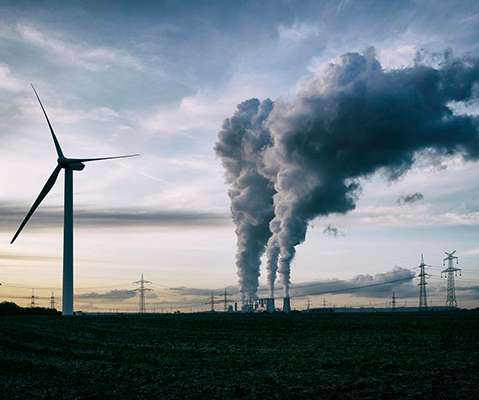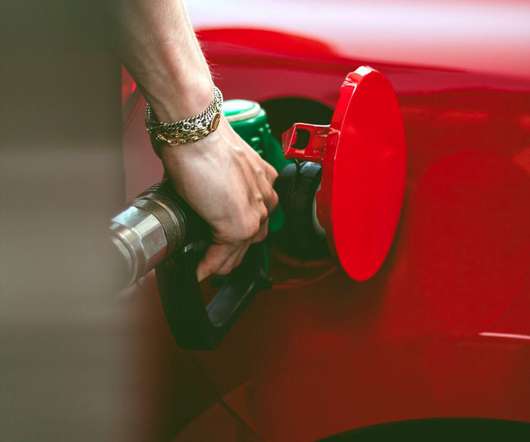USDA, DOE and US Navy to invest up to $510M over next 3 years to build out drop-in biofuel production capacity for military and commercial transportation
Green Car Congress
AUGUST 16, 2011
No significant impact on the supply of agricultural commodities for the production of food. The United States spends more than $300 billion on imported crude oil per year, the three Departments noted in their Memorandum of Understanding (MoU) on the joint initiative.













Let's personalize your content